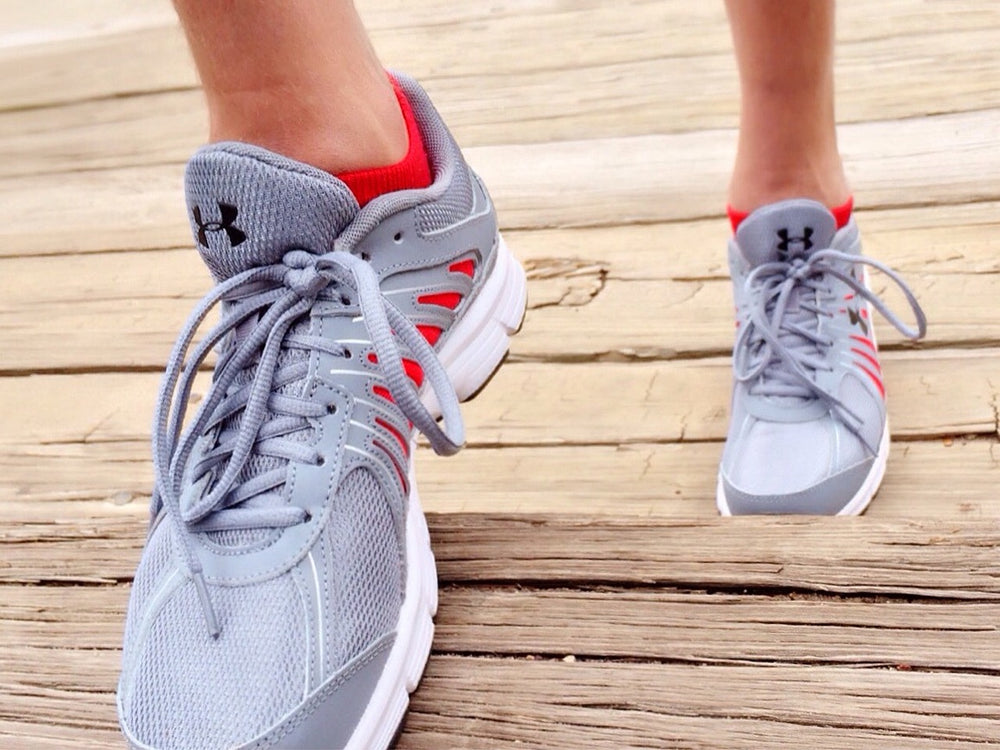Running and Recovery: Best Practices and Shoe Choices

Recovery is a crucial part of any runner’s routine. Without proper recovery, you risk injury and burnout, which can halt your progress and keep you from reaching your running goals. Recovery helps your muscles repair and grow stronger, preparing you for your next run.
Focusing on key strategies can improve your performance, reduce the risk of injury, and make your runs more enjoyable. Ready to learn about the best practices for recovery and choose the ideal recovery shoes? Let's get started.
Importance of Recovery for Runners
Recovery is vital for runners of all levels. After a run, your muscles experience tiny tears that need time to heal. This process helps your muscles grow stronger and more resilient. Without proper recovery, these small injuries can turn into larger problems, leading to pain and potential long-term damage.
Recovery also aids in reducing fatigue. When you run, your energy stores get depleted. Through rest and recovery, your body replenishes these stores, ensuring you have the energy needed for your next run. Over time, you’ll notice that regular recovery helps you feel more energised and ready to take on new challenges.
Moreover, good recovery practices can improve your overall performance. When you give your body the time it needs to heal and rest, you can train harder and more effectively. This can lead to better times, longer distances, and a more enjoyable running experience. Prioritising recovery isn’t just about preventing injury; it’s also about becoming a better, more efficient runner.
Best Practices for Effective Recovery
1. Stretching: After your run, take a few minutes to stretch your muscles. Focus on major muscle groups like your calves, hamstrings, and quadriceps. Stretching can help improve flexibility and reduce muscle stiffness.
2. Hydration: Drink plenty of water before, during, and after your run. Staying hydrated helps your muscles recover faster and reduces the risk of cramps and fatigue. Consider drinks with electrolytes for longer runs to replenish the essential minerals lost through sweat.
3. Balanced Diet: Eat a well-balanced diet rich in carbohydrates, proteins, and healthy fats. Carbohydrates help replenish energy stores, while proteins aid muscle repair. Including fruits and vegetables ensures you get the necessary vitamins and minerals.
4. Rest: Give your body time to rest. Incorporate rest days into your weekly routine to allow your muscles to heal. Adequate sleep is also crucial. Aim for at least 7-8 hours of sleep per night to ensure your body has time to repair and rejuvenate.
5. Ice Baths: Consider taking an ice bath after intense runs. The cold temperature can help reduce inflammation and speed up the healing process. While not everyone enjoys them, ice baths can be quite effective in reducing muscle soreness.
6. Massage: Treat yourself to a massage or use a foam roller to work out muscle knots. Massaging sore areas can improve blood circulation and help your muscles recover faster. It also helps in relaxing the body, reducing stress, and increasing flexibility.
Choosing the Right Recovery Shoes
Selecting the perfect recovery shoes is crucial for speeding up your healing process. Recovery shoes are designed to provide extra comfort and support, helping your feet relax and recuperate after a run. Here are some tips to consider when choosing the right recovery shoes:
1. Arch Support: Ensure the shoes you choose offer good arch support. This helps distribute weight evenly and reduces strain on your feet and legs.
2. Cushioning: Look for shoes with ample cushioning. This will absorb shock and alleviate pressure points, making your feet feel more comfortable.
3. Breathability: Shoes made from breathable materials can keep your feet cool and dry. This helps avoid sweat build-up, which can lead to discomfort and blisters.
4. Slip-On Convenience: Opt for slip-on styles or shoes with easy fastening systems. This makes it simple to put them on and take them off, allowing your feet to relax without effort.
5. Durable Soles: Durable soles with good grip are important for recovery shoes. They provide stability and prevent slips, helping you feel secure while walking or standing.
Integrating Recovery Shoes into Your Routine
Introducing recovery shoes into your daily routine can boost your post-run recovery. Here’s how to make the most of your new footwear:
1. Wear Them After Runs: Put on your recovery shoes as soon as you finish a run. Wearing them immediately helps your feet transition from activity to rest, reducing the impact of your run.
2. Use Them Around the House: Slip into your recovery shoes when you’re at home. They can provide continuous support and comfort as you go about your day-to-day activities.
3. Bring Them to Races: Keep a pair of recovery shoes in your bag when you go to races or long runs. Changing into them post-run can help your feet start recovering right away.
4. Alternate with Regular Shoes: Balance your use of recovery shoes and regular shoes. This ensures your feet get the support they need without becoming overly reliant on the recovery footwear.
5. Pair with Other Recovery Practices: Combine wearing recovery shoes with other best practices like stretching and hydration. This holistic approach will help optimise your recovery process.
By integrating these steps, you can maximise the benefits of your recovery shoes. They become a seamless part of your routine, helping you maintain a healthy and injury-free running lifestyle.
Conclusion
Recovery shoes provide the comfort and support your feet need to heal. By wearing them regularly and integrating them into your recovery routine, you ensure your feet get the best care possible. This not only helps with quicker recovery but also makes running more enjoyable and sustainable in the long term.
Looking for the perfect recovery slide to boost your post-run recovery? Shop at Sole Mate today to find a great selection of recovery footwear. Let us help you find the best pair for your needs. Happy running!
